Disclosure- Links in this post may be affiliate links. If you click through and make a purchase, I earn a commission at no additional cost to you. Unless noted, if I am reviewing a product, I have been compensated for my time. I write honest reviews. They are not required to be positive. I only recommend the resources we love and use.
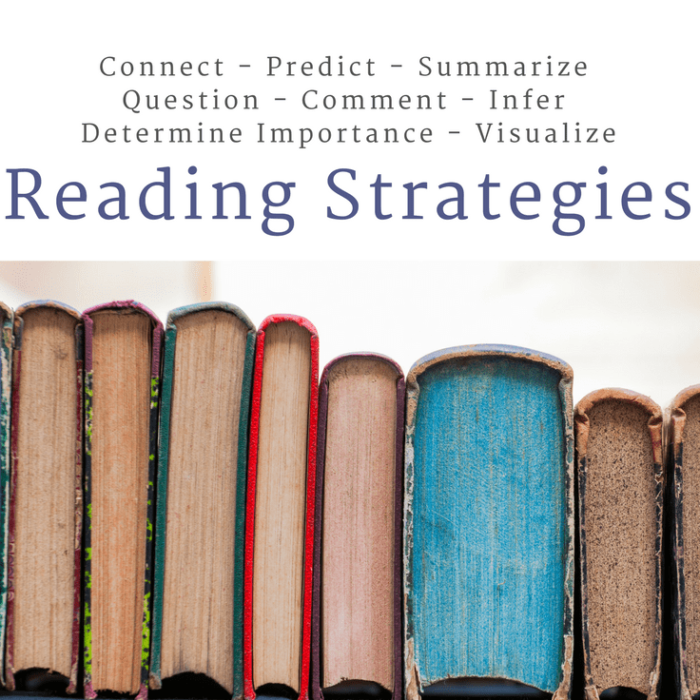
Here’s a question I often ask students- Have you ever started to read, flipped page after page, tracked each word, maybe even spoken the words out loud, only to realize at the end of a passage or chapter you have no idea what you just read? You might be surprised how many students nod their heads, say yes, or look at me like I’ve just spoken a secret out loud. We’re taught that if we can read words on the page, we’ll understand or process what they mean, but that’s just not true.
This disconnect between reading and comprehension can happen to any of us, regardless of how well we read. Maybe we’re distracted, the story or concepts are boring, or maybe we need more information for the text to make sense. Just because we’re reading doesn’t mean we’re reading.

Have you ever realized after “reading” that you have no idea what you’ve just read?
It happened to me when I read my children bedtime stories. In a complete sleep-deprived daze, the words came out of my mouth, but I was lost in other thoughts. If my kids asked me a question, I’d have no clue what I’d just read. Likewise, I experience a disconnect between the words on the page and my comprehension when I try to read through medical or tax documents quickly. It also happens when a distracting thought takes my attention away. Because I am not paying attention, I continue to flip the pages. I look like I’m reading.

Eventually, I realize what is happening, and because I am an experienced reader, I know if I want to understand what I was trying to read, I have to refocus and re-read. I may need to look up words, ask myself questions, pull up prior knowledge, or create connections with the text. If I don’t re-engage and become an active reader, I have no idea what I’ve read.
There’s nothing wrong with having to refocus and re-read. The problem lies in not knowing what to do when we lose focus and don’t understand what we’re reading, which is why as parents and teachers, we need to make sure our students practice active reading, especially if they have a hard time discussing or writing about what they are reading.
An active reader uses reading strategies. We all use them even if we don’t realize we do. Reading strategies help readers pay attention to what they are reading. They’re tools for when we lose our focus or understanding.
Students who can read but often don’t understand what they are reading might label themselves as “bad readers” or say they don’t like to read. Being confused is frustrating. I’ve met many kids who don’t understand why, when they are looking at the words, flipping pages, or maybe even reading the words out loud, things don’t make sense. They think it must be that something is wrong with them.

If I ask these same kids if, while they were reading, they see a movie playing behind their eyelids or know what to do when they are confused, very few do. They think they just re-read.
They don’t know how to pay attention to the important inner dialogue readers use to check their comprehension.
Have a kiddo who can read but hates reading because they get lost or confused often? Or have a kid who is moving on to independent reading and writing. These strategies are great for all types of learners.

Practice Reading Strategies
Reading strategies are practiced while the reader reads. The strategies engage the reader and help them pause just long enough to check their comprehension without stifling the story.
We first need to let students know that readers who understand what they are reading do a few important things (whether they realize they do them or not).
Readers Who Understand What They Are Reading
- Connect
- Summarize
- Question
- Predict
- Infer
- Comment
- Visualize
- Determine Importance
Reading strategies create an internal dialogue in a reader’s head and allow students to assess information so that they know what to do when a word, sentence, or chunk of text doesn’t make sense (when they feel lost).
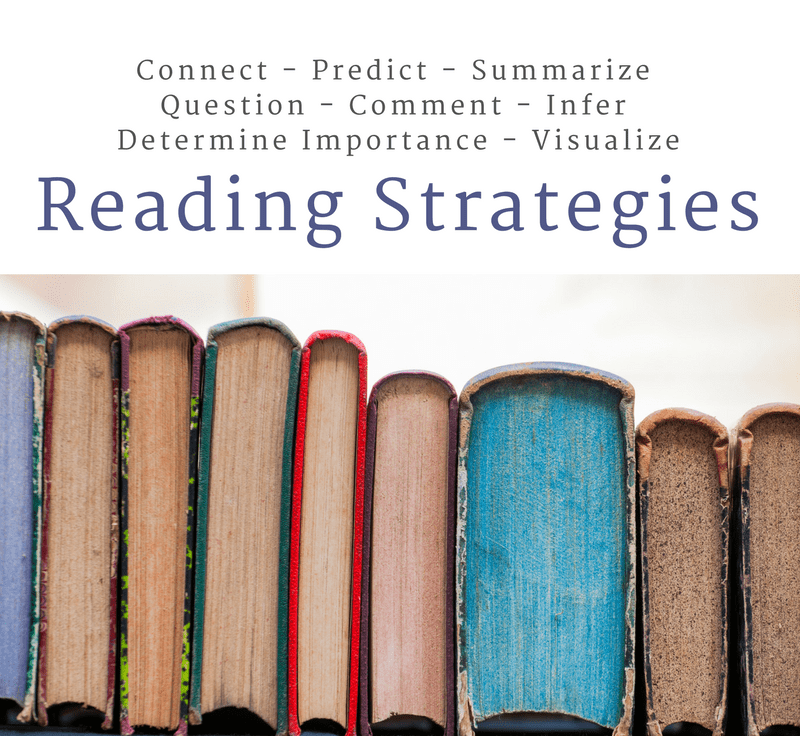
Reading Comprehension Strategies Course
This reading comprehension strategies course will help YOU help your kids and students learn and use reading strategies!
To help a reader use these strategies independently, begin by letting the reader choose a book they want to read. Then, when practicing with a group/class of students, choose a high-interest novel or piece of text that engages the students. Read the book to the students or take turns reading out loud and practice the strategies as you read. The strategies can be used and practiced in any order, but they are all necessary.
Helping Readers Practice Good Reading Strategies
When practicing- read a little, pause, and use a reading strategy. Repeat.
Use the questions below or come up with your own to guide readers through each reading strategy.
- Connect- Does the character remind you of someone? Do you have similar interests to anyone in the story? Is the setting familiar? Does the plot remind you of another story?
- Summarize– Describe what has happened so far. Describe the setting, character, and conflict.
- Question– Encourage the reader to tap into their curiosity while reading and listen for the internal voice that says, Wait, what just happened? Questioning can also look like, Why did the character do that? What is going to happen to the character? Why did the character have to die?
- Predict– What do you think is going to happen next?
- Infer– Read between the lines. Why do you think the character said or did what they did? What clues are there to prove what we know or believe?
- Comment– What do you like, dislike, or think about a character, conflict, description, or something that has happened in the book?
- Determine Importance– What words, facts, and opinions seem especially important? What do we need to remember or pay attention to?
- Visualize– Choose a passage with a lot of description. Have the reader close their eyes and picture everything in the text. Talk about the images, draw the images, and invite readers to create a movie in their minds.
Struggling readers and newly independent readers need to know there are concrete ways to help them understand what they are reading. Reading strategies offer readers opportunities to pause and engage in the reading, no matter what text they try to access.
-
 Reading Comprehension Strategies Course$10.00
Reading Comprehension Strategies Course$10.00 -
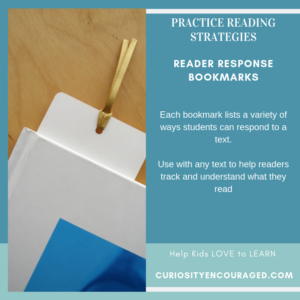 Reader Response Bookmarks$2.00
Reader Response Bookmarks$2.00 -
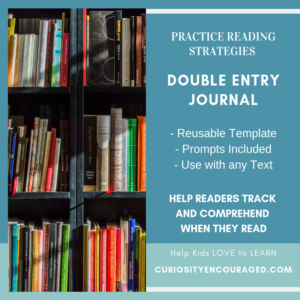 Double Entry Journal$1.00
Double Entry Journal$1.00
Help readers to gently use these strategies often, in short amounts of time. Once the strategies become familiar, they will use them, like proficient readers do, without even thinking about them.





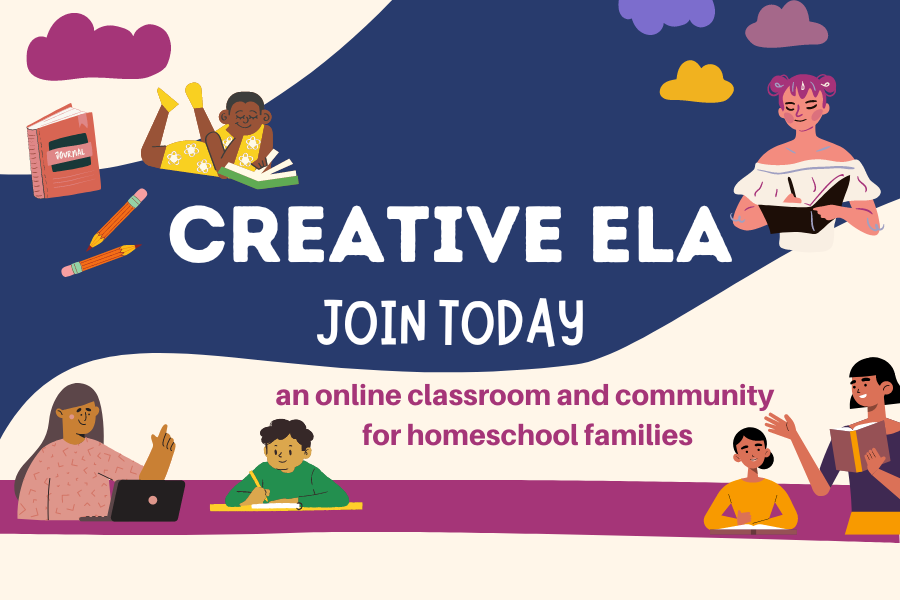

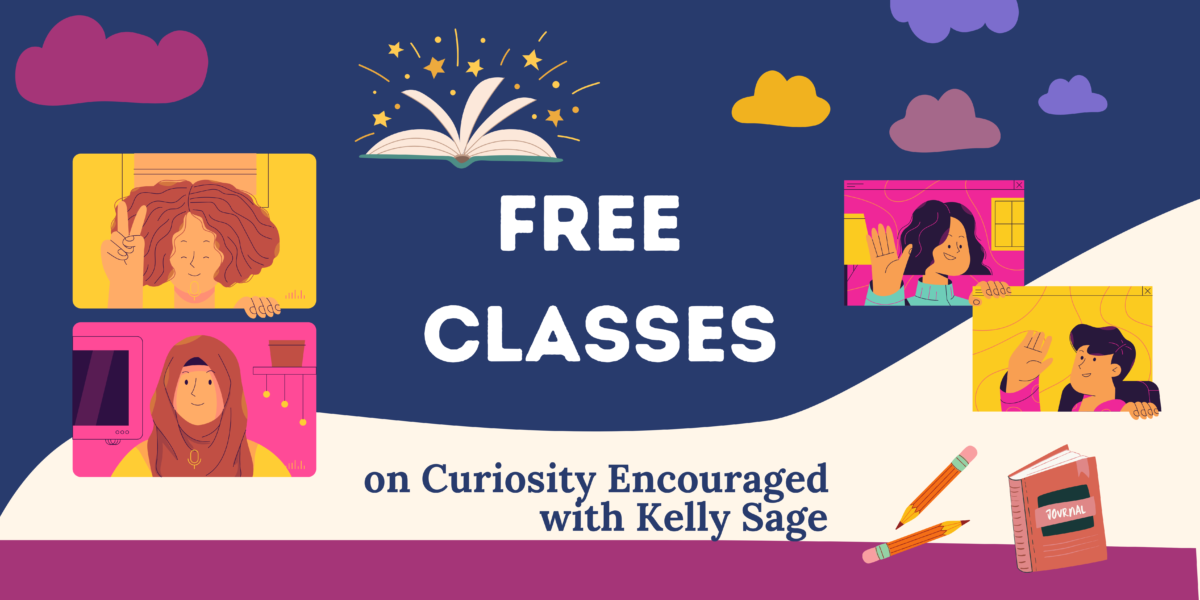
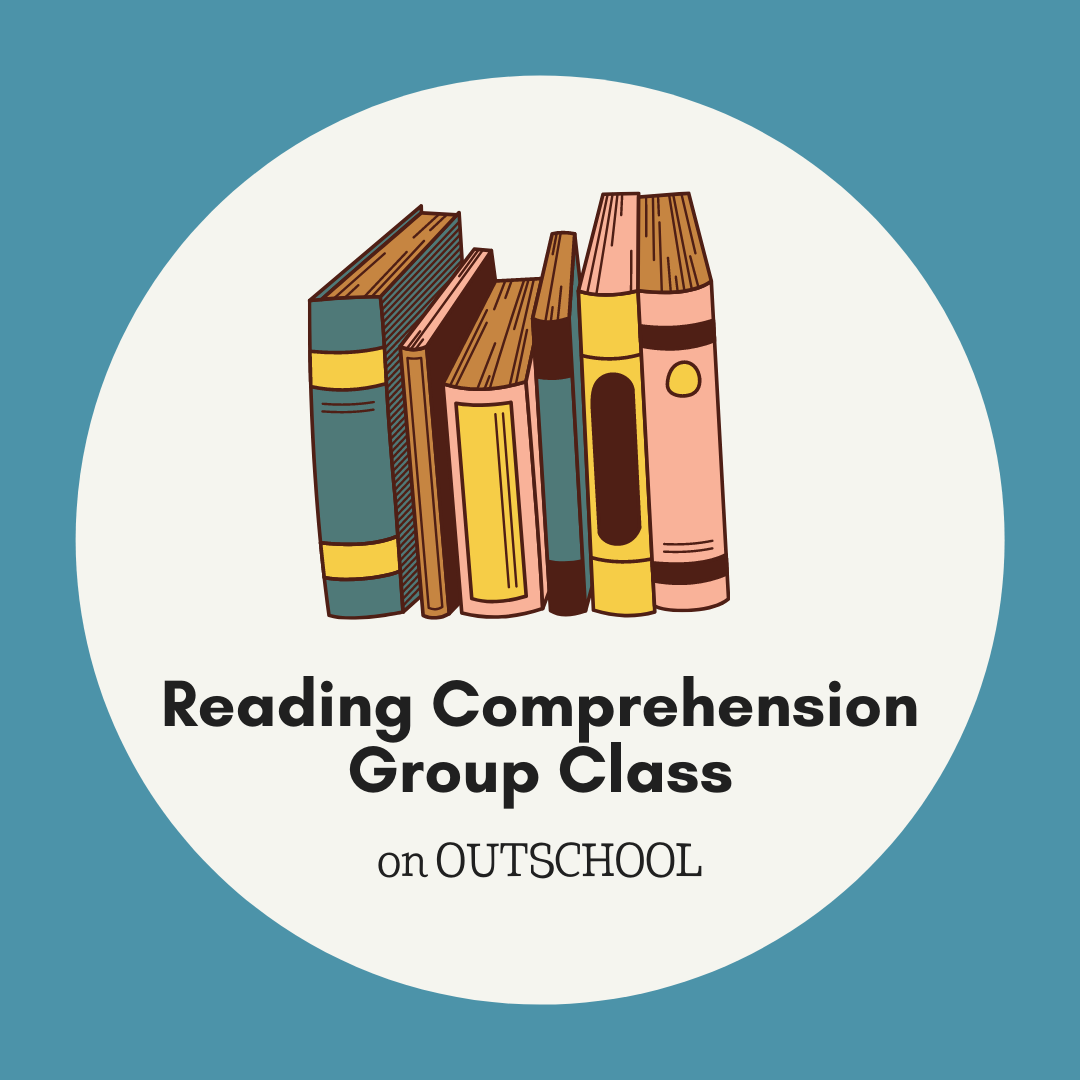
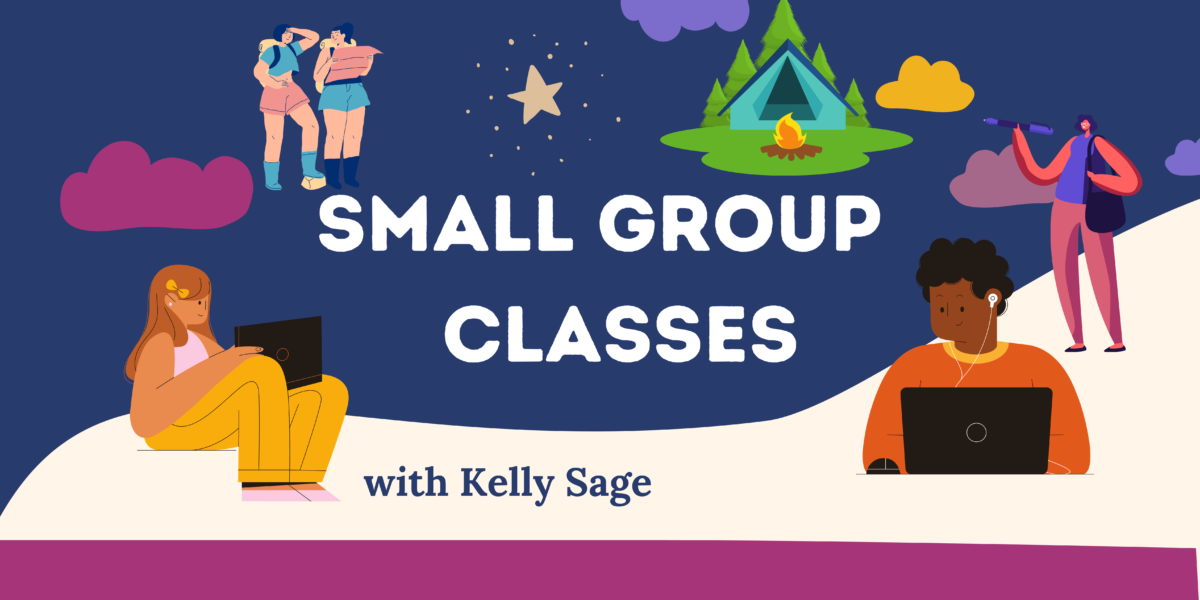
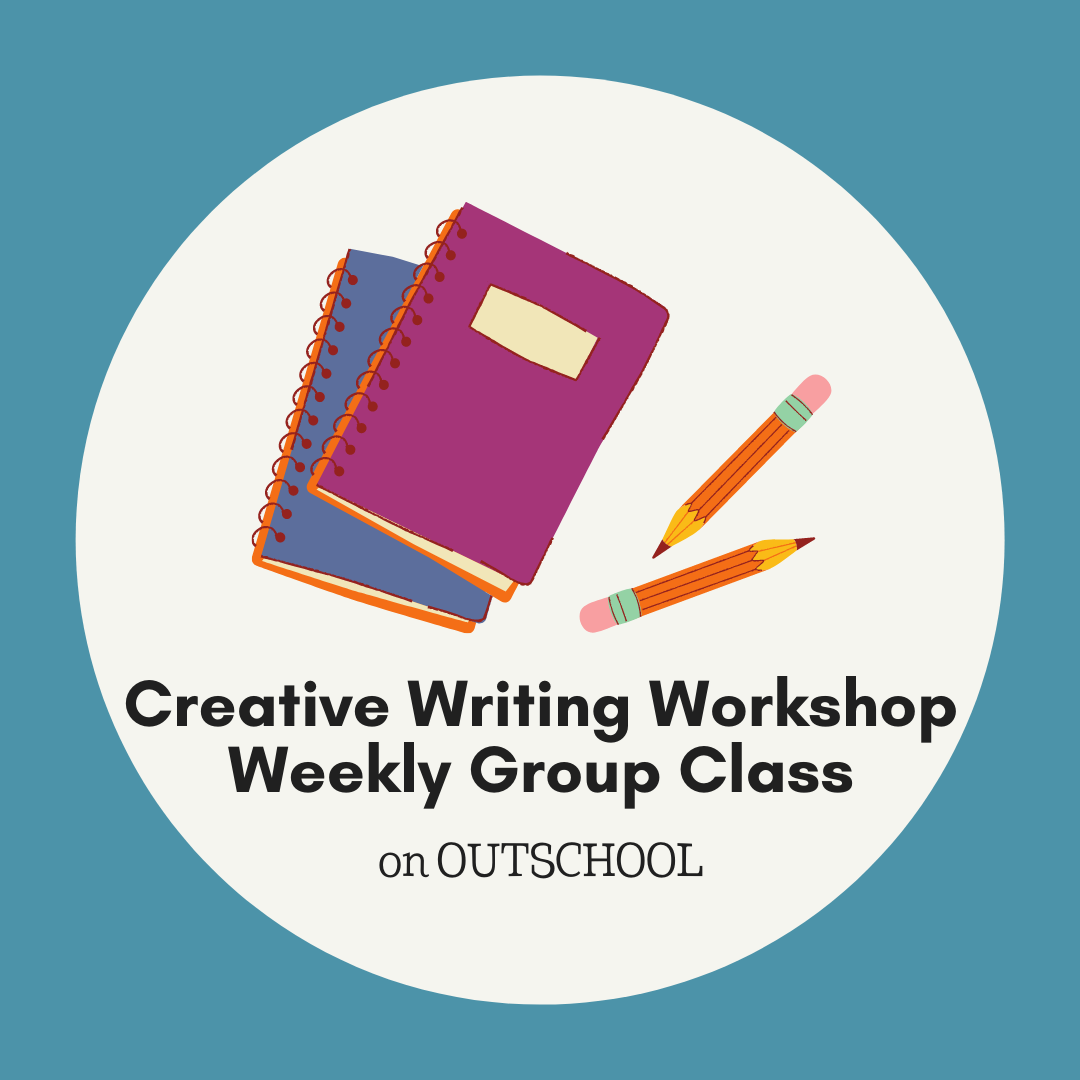






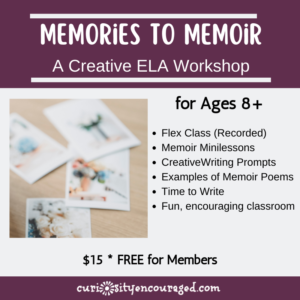
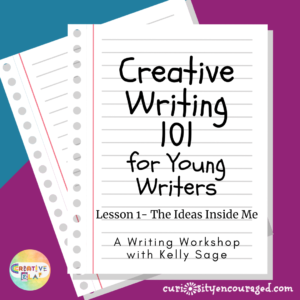


This is great! My second grader is having a little bit of a struggle right now. I’m really hoping that I can connect with him over the next several weeks. We are already choosing leisure books for him that interest him and making flash cards of words he finds hard so he can familiarize himself with them.
Thank you, Heather! Second grade is hard. I’ve known a number of kids, including my son, who found struggle then. Not sure if this is your case or not, but I know they are often starting to test and are moving into more independent work. High-interest books are the key! Best of luck! On a side note, you are my first comment EVER! Thanks 🙂
Pingback: Simple & Fun | Things to Do With Kids When You're Home All Day -
Pingback: 100 Ways To Help Kids Love to Read - Curiosity Encouraged
Pingback: Book Lover's Day Every Day - Curiosity Encouraged
Very insightful and practical! I can use some of this for my college students!
Thank you, Rebecca! My husband, a professor, does as well 🙂